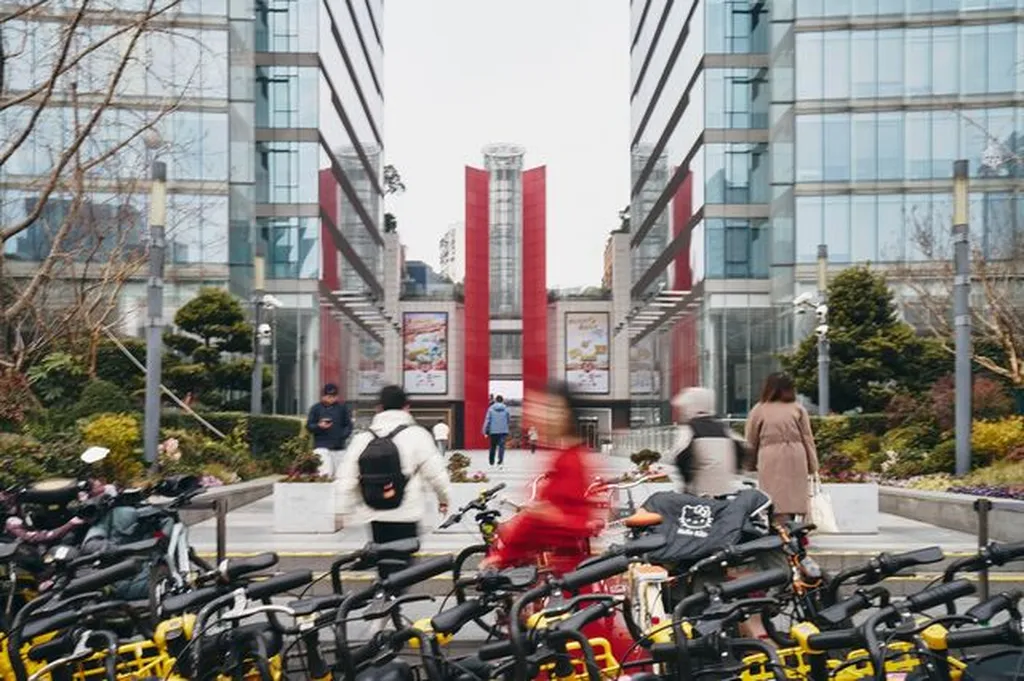In the bustling heart of Shanghai, a team of researchers from the Institute of Logistics Science and Engineering at Shanghai Maritime University has been tackling a modern urban conundrum: how to make city logistics more efficient, less congested, and more environmentally friendly. Led by Dr. Shu Da, the team has been exploring the potential of subway freight transportation to revolutionize urban distribution networks. Their work, recently published in the journal ‘Computer Engineering’ (Jisuanji gongcheng), offers a fresh perspective on the location-route problem in urban logistics, with significant implications for maritime and integrated transportation sectors.
The team’s research focuses on the “multi-level distribution location-route problem,” a complex challenge that involves optimizing the placement of logistics nodes and the routes they serve. By introducing bilateral matching theory into the mix, they’ve developed a sophisticated model that minimizes operating costs while maximizing matching satisfaction between logistics nodes and demand points. In simpler terms, they’re figuring out the best places to set up distribution hubs and the most efficient routes for deliveries, all while keeping costs low and customer satisfaction high.
One of the key innovations in their approach is the design of a matching preference index. This index takes into account the centrality of subway stations, delivery distance, and freight volume to determine the best matches between demand points and urban transfer stations. As Dr. Shu Da explains, “By considering both matching satisfaction and operating costs, we can achieve a location-route scheme that balances ‘stability’ and ‘satisfaction.'”
To solve this complex problem, the team developed a hybrid algorithm that combines the NSGA-II (a popular multi-objective optimization algorithm) and the Gale-Shapley algorithm (a classic matching mechanism). This powerful combination allows them to navigate the intricate web of urban logistics and find optimal solutions.
So, what does this mean for the maritime and integrated transportation sectors? The potential is substantial. By optimizing urban distribution networks, ports and shipping companies can improve their last-mile delivery capabilities, reducing congestion and environmental impact. This, in turn, can enhance the overall efficiency of global supply chains, benefiting maritime professionals and consumers alike.
Moreover, the team’s findings provide valuable insights for establishing logistics distribution systems in metropolitan areas. As Dr. Shu Da notes, their work offers “important reference significance for alleviating urban traffic pressure and enhancing urban logistics distribution capabilities.” This could open up new opportunities for maritime sectors to collaborate with urban logistics providers, creating a more integrated and efficient transportation network.
In a world where urbanization is on the rise, and e-commerce is booming, the need for efficient urban logistics solutions has never been greater. The research conducted by Dr. Shu Da and his team at Shanghai Maritime University is a significant step towards addressing this challenge. By harnessing the power of subway freight transportation and advanced optimization algorithms, they’re paving the way for a more sustainable and efficient future for urban logistics and, by extension, the maritime sector.

